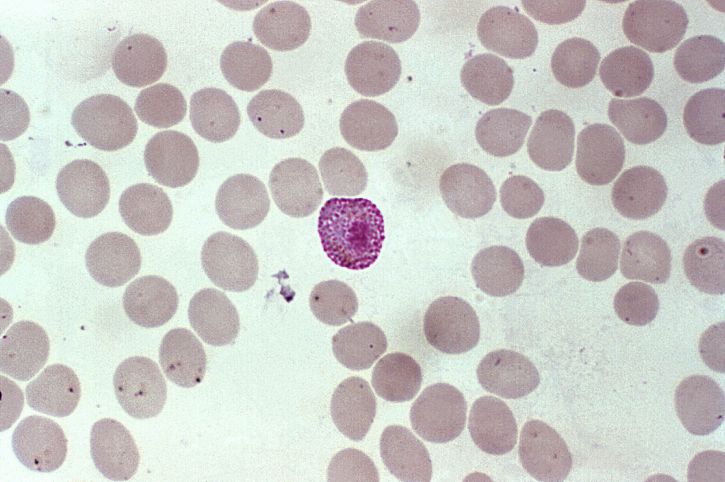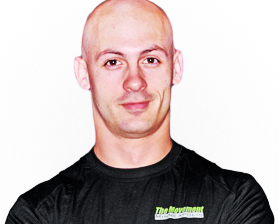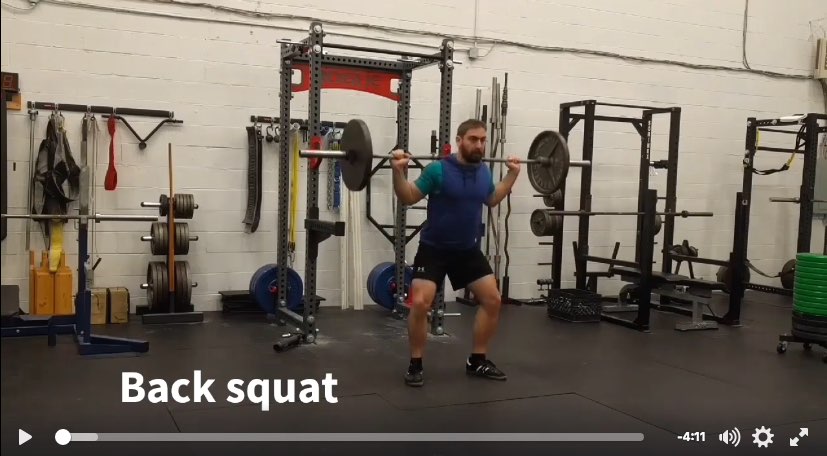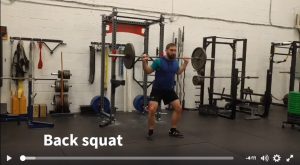
This weekend I started getting emails back from the first group of individuals that bought my most recent kettlebell program, the Dellanavich Kettlebell Regime when I first released it.
Incidentally, email feedback from people who go through my programs are one my truly favorite things to receive and they really make all the hard work to put these things together worthwhile.
Anyway this one guy emailed me the journal entries from all of his workouts for the program and he literally doubled the number of reps he was able to do. Truly staggering progress.
So then his question was, how do I move forward? Do I move up to a bigger bell, and then after that move down to a smaller bell and go longer?
YES, EXACTLY YES!
This one question about one particular program so perfectly encompasses the entire training paradigm.
When it’s too easy, make one part harder.
When that part gets easy, change a different part and make that harder.
And on and on.
This constant dance if two steps forward one step backward is almost the extent of what you need to know about how to train effectively for long term progress. Sure, programs can be great because an expert can lean on their experience to know exactly what kind of overreach is possible and how much to step backwards, but the general principle is exactly this. What you see as a pattern in the micro of one program or training cycle can be applied to the macro of training in general. Or of course you can apply it to other movements.
Don’t make things too complicated.
Simplify, and execute.




